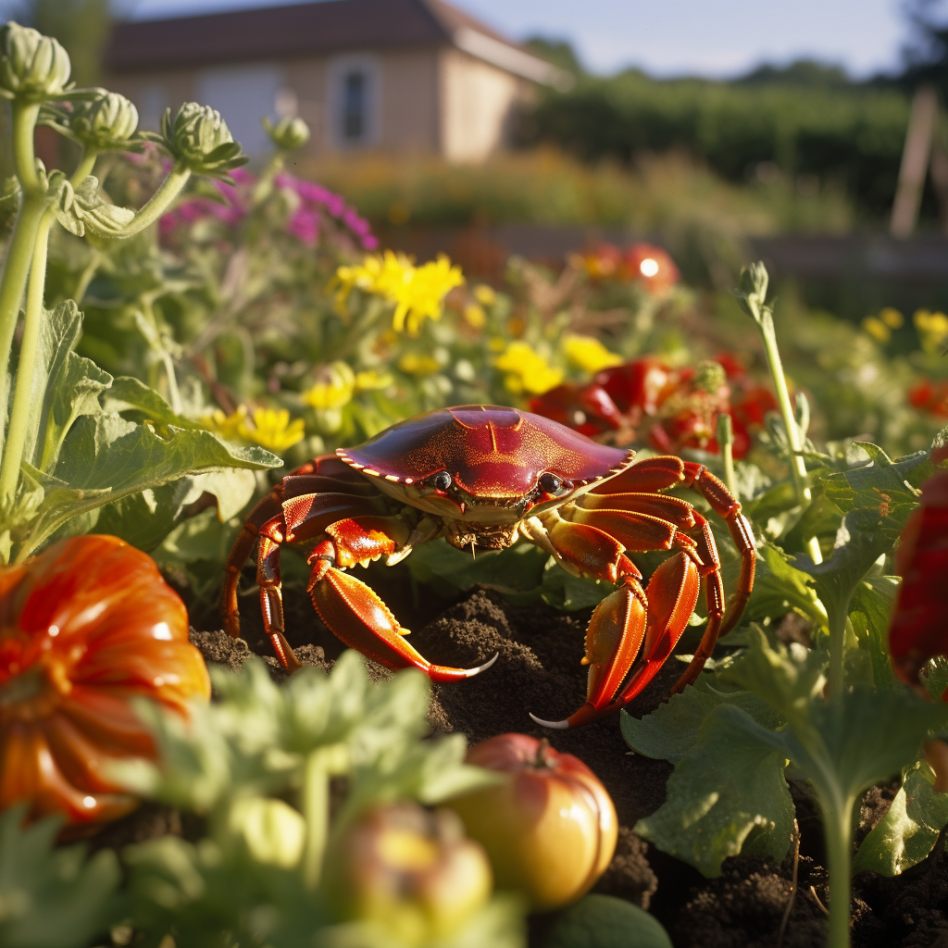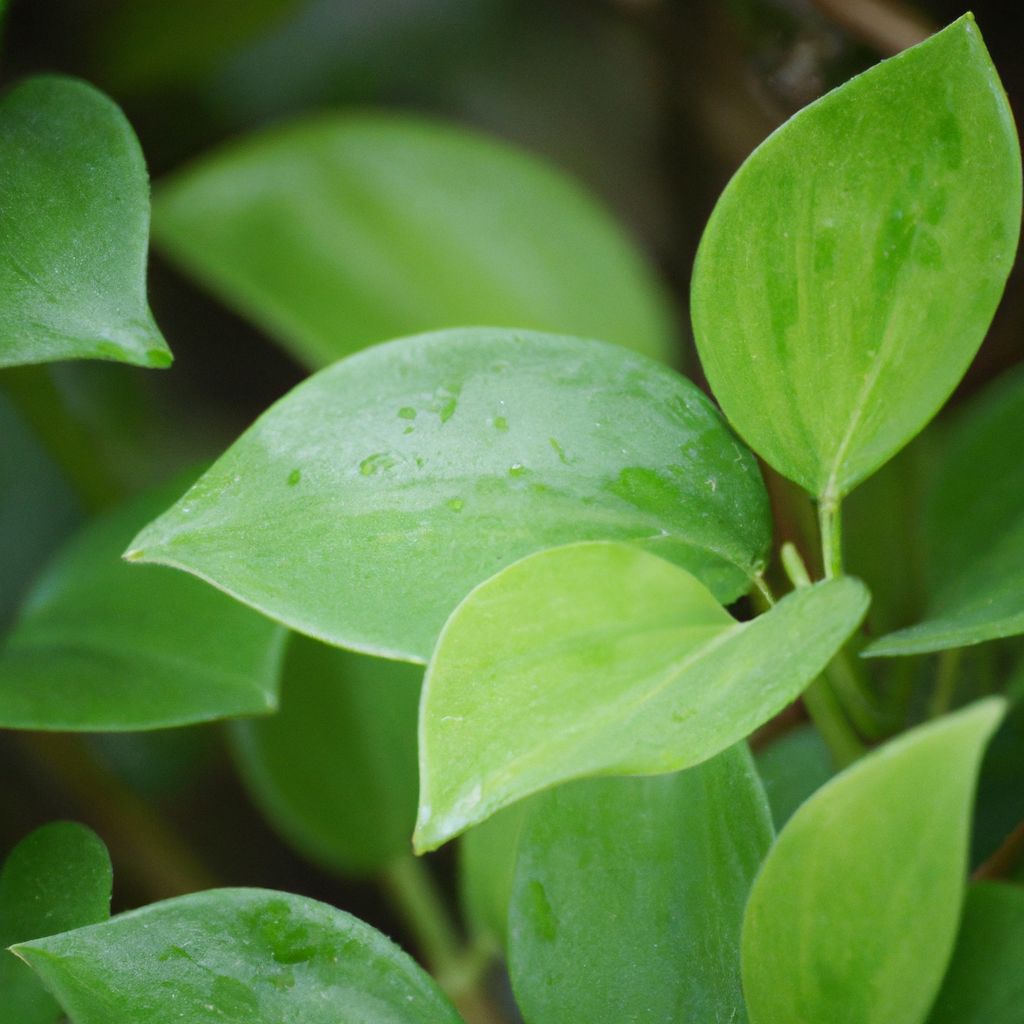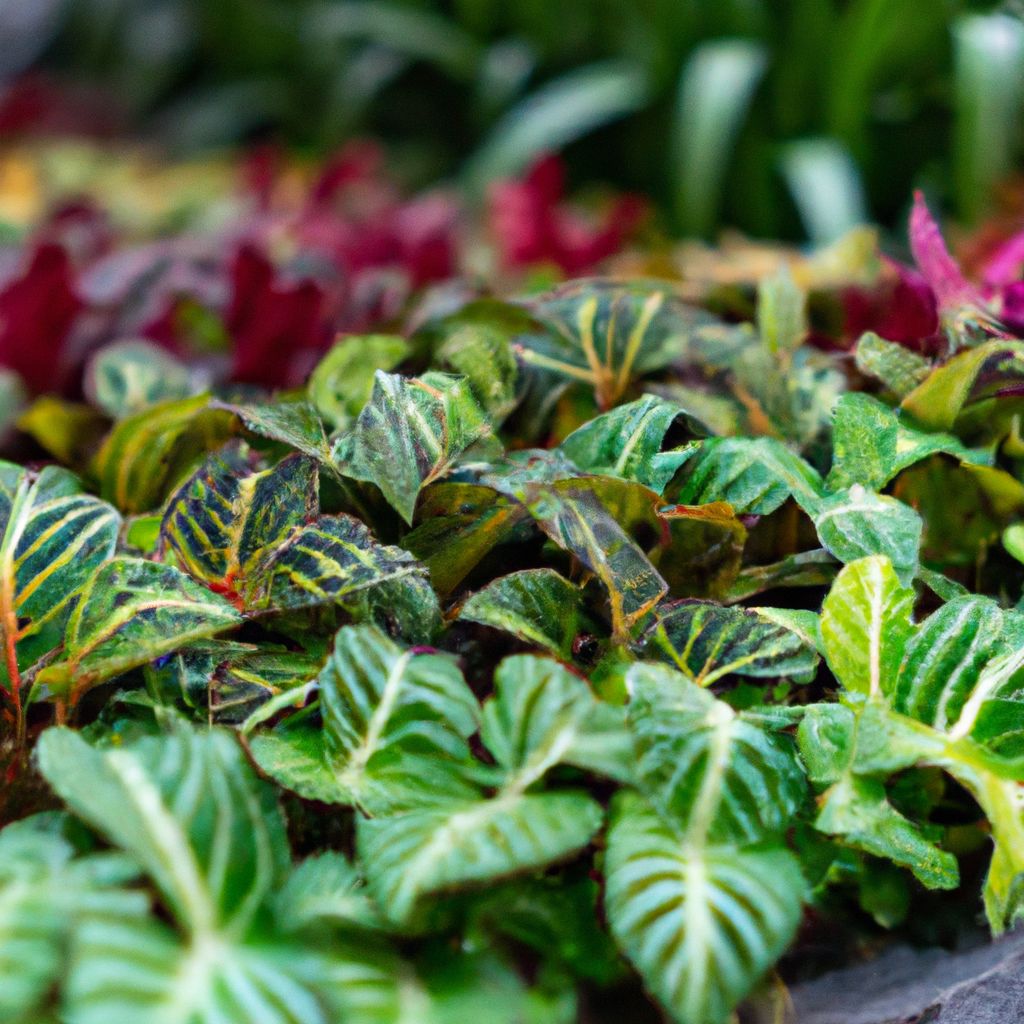Crab meal is an organic soil amendment made from crushed crab shells. Offering a wide range of benefits, crab meal can enhance soil health and plant productivity in home gardens and farms. In this expanded guide, we’ll explore the nutritional composition of crab meal, how it improves soil quality, and its pest management properties. We’ll also cover responsible use practices when incorporating crab meal into your garden.
Why Use Crab Meal as a Soil Amendment?
Derived from the crushed shells of crabs, crab meal delivers an array of essential plant nutrients and compounds. These include:
- Macronutrients like nitrogen, phosphorus, potassium, calcium, and magnesium. These promote vigorous foliage growth, flowering, fruiting, and overall plant health.
- Micronutrients such as iron, zinc, copper, boron, and manganese. These facilitate key plant growth processes and defend against diseases.
- Chitin, a fibrous compound that enhances soil structure and deters pests.
The nutrients in crab meal are released slowly over time. This provides a steady nutrient supply that lasts for several months. Crab meal enhances soil nutrition without causing the sudden spikes and crashes associated with synthetic fertilizers.
Beyond direct fertilization, crab meal offers multifaceted benefits:
- It feeds diverse soil microbes that mineralize organic nutrients and improve soil structure.
- It adds organic matter that boosts moisture retention and cation exchange capacity.
- It helps control common garden pests and diseases via nutrient balance and natural deterrents.
For these reasons, crab meal is an excellent addition to gardens and farms seeking to boost productivity through holistic soil enhancement. When used properly alongside other sustainable practices, crab meal nurtures healthy, resilient plants.
Key Nutrients in Crab Meal and Their Functions
Crab meal provides a rich source of both macronutrients and micronutrients that serve critical roles in plant growth and development:
Macronutrients
- Nitrogen: Promotes leaf and stem growth and overall plant vigor. Required for photosynthesis and chlorophyll synthesis. Deficiencies cause stunted growth and chlorotic leaves.
- Phosphorus: Essential for root, flower, and fruit production. Facilitates energy transfer and storage processes. Deficiencies lead to reduced flowering and fruiting.
- Potassium: Supports disease resistance, water regulation, and fruit quality. Activates key enzymes and processes. Deficiencies cause scorching and spots on leaves.
- Calcium: Strengthens cell walls and aids nutrient absorption. Prevents common disorders like blossom end rot. Deficiencies impair cell wall development.
- Magnesium: Core component of chlorophyll. Enables activation of enzymes and facilitates photosynthesis. Deficiencies cause interveinal chlorosis.

Micronutrients
- Iron: Vital for chlorophyll synthesis and enzyme functions. Deficiencies cause yellowing of leaves.
- Manganese: Needed for chloroplast formation and nutrient assimilation. Also activates key enzymes. Deficiencies lead to interveinal chlorosis.
- Zinc: Plays diverse roles in enzyme activation, protein synthesis, and pollen formation. Deficiencies impair protein production and reproductive growth.
- Boron: Supports cell wall strength and structure, reproductive growth, and hormone metabolism. Deficiencies include stunted shoot growth and poor pollination.
- Copper: Integral to multiple enzymes and proteins. Needed for pollen viability and seed production. Deficiencies reduce pollen fertility and seed set.
By providing a broad spectrum of essential nutrients, crab meal offers a balanced diet to plants while enhancing the nutrient content of garden soils. The slow-release nature of these nutrients ensures their availability over the entire plant growth cycle.
How Crab Meal Improves Soil Health
Beyond direct fertilization, crab meal enhances long-term soil health through three main mechanisms:
Enhances Nutrient Availability
Crab meal not only contains nutrients, it helps make soil nutrients more plant-available through:
- Feeding soil microbes that mineralize organic nitrogen, phosphorus, sulfur and other nutrients trapped in organic matter. This microbial activity converts organically-bound nutrients into inorganic forms that plants can readily absorb.
- Improving cation exchange capacity – the soil’s ability to hold positively charged nutrients like calcium, potassium, and magnesium. The organic matter in crab meal increases negatively charged binding sites.
- Preventing nutrient leaching by providing a slow-release nutrient source. Unlike synthetic fertilizers that quickly flush through soil, crab meal’s gradual nutrient release reduces losses from leaching.
Boosts Microbial Activity
The chitin and organic matter in crab meal promote populations of beneficial soil bacteria and fungi, including:
- Rhizobia – Bacteria that form symbiotic relationships with legumes to fix atmospheric nitrogen for plant use. This provides a natural nitrogen source.
- Mycorrhizae – Fungal symbionts that expand root surface area, helping plants absorb phosphorus, copper and other relatively immobile nutrients.
- Actinobacteria – Bacteria that decompose organic matter and recycle carbon, nitrogen, and minerals.
These microbes enhance soil structure via their metabolic byproducts. Crab meal supports the soil food web that powers nutrient cycling.
Improves Soil Structure
Crab meal enhances multiple aspects of soil structure:
- Aggregation – Microbial byproducts like polysaccharides act as binding agents, causing soil particles to clump together into aggregates. This creates a granular structure.
- Porosity – The granular structure provides pores and channels for air and water circulation. This facilitates gas exchange and drainage.
- Water retention – Increased organic matter from crab meal improves moisture holding capacity while still permitting adequate drainage.
- Reduced compaction – Improved structure allows roots to spread easily through soil rather than encountering dense layers.
Proper soil structure enables healthier root growth and efficient nutrient uptake. It also bolsters resilience against erosion and compaction.
Crab Meal for Pest and Disease Management
Crab meal provides two forms of natural pest and disease management:
Nutrient Balancing
By correcting soil nutrient deficiencies and excesses, crab meal helps balance the nutritional status of plants. This improved nutritional balance increases plant vigor and resilience, enhancing the natural defenses against pests and diseases.
Natural Pest Deterrents
- The chitin in crab shells is indigestible and irritating to soft-bodied pests like snails and slugs, deterring them from feeding on leaves and roots.
- Calcium provided by crab meal strengthens cell walls, reducing susceptibility to invasion by fungal pathogens.
- Beneficial microbes proliferated by crab meal outcompete pathogens like Fusariumand Verticillium for nutrients and space. Some beneficial fungi release anti-fungal metabolites.
By improving plant health and deterring pests, crab meal reduces reliance on pesticides. It contributes to an integrated pest management plan centered on holistic soil and plant health.
Specific pests and diseases crab meal helps suppress include:
- Snails and slugs
- Aphids
- Caterpillars
- Spider mites
- Powdery mildew
- Root rot fungi
- Damping off disease
However, crab meal should always be combined with sound cultural practices like crop rotation, sanitation, and companion planting for effective pest control.
How to Use Crab Meal In Your Garden

Follow these tips for successfully using crab meal as a soil amendment:
-
Calculate application rates – Follow manufacturer instructions for your specific crab meal product. General guidelines:
- Vegetables and leafy greens: 2-4 tbsp per sq ft, every 4-6 weeks
- Flowers and herbs: 1-2 tbsp per sq ft, every 6-8 weeks
-
Incorporate into soil – Mix crab meal into the top 4-6 inches of garden beds before planting. For individual planting holes, blend 1-2 tbsp with the backfill soil.
-
Top dress around plants – Alternately, sprinkle crab meal around the base of established plants and gently water in. Top dress at the start of each growing season.
-
Compost activator – Blend 1-2 cups crab meal per cubic foot of compost to accelerate decomposition and enrich nutrient content.
-
Liquid fertilizer – Steep 1 tbsp crab meal per gallon of water for 2-3 days. Use the resulting “tea” to drench soil or foliar feed plants.
-
Ensure contact with roots – When applying crab meal, place it near plant roots so they can access the nutrients. Avoid broadcast spreading over the entire garden.
-
Water thoroughly – Ensure crab meal releases nutrients efficiently by watering well after application. Initial watering moves nutrients into the root zone.
Using Crab Meal Responsibly
While very beneficial, crab meal must be used responsibly:
- Follow all label instructions carefully to avoid overapplication. Too much can burn plants or create nutrient excesses. Start with lower rates.
- Store sealed in a cool, dry location away from sunlight and moisture. Refrigeration can prolong shelf life for up to 1 year.
- Avoid heavy runoff into ponds, streams, or storm drains. Crab meal runoff can contribute to algal blooms.
- Crab meal dust may cause skin or respiratory irritation in some individuals. Wear gloves and a dust mask when handling.
- Check for shellfish allergies prior to use, as crab meal is derived from crustaceans. Though unlikely to cause reactions when used as directed.
- Rotate annual crops that receive crab meal applications to prevent potential nutrient imbalances from building up over time.
When used conscientiously as part of a holistic soil management plan, crab meal can be a wonderful organic amendment for gardeners and farmers seeking to cultivate healthy, productive plants. Follow best practices for responsibly harnessing the benefits of crab meal in your garden.















































